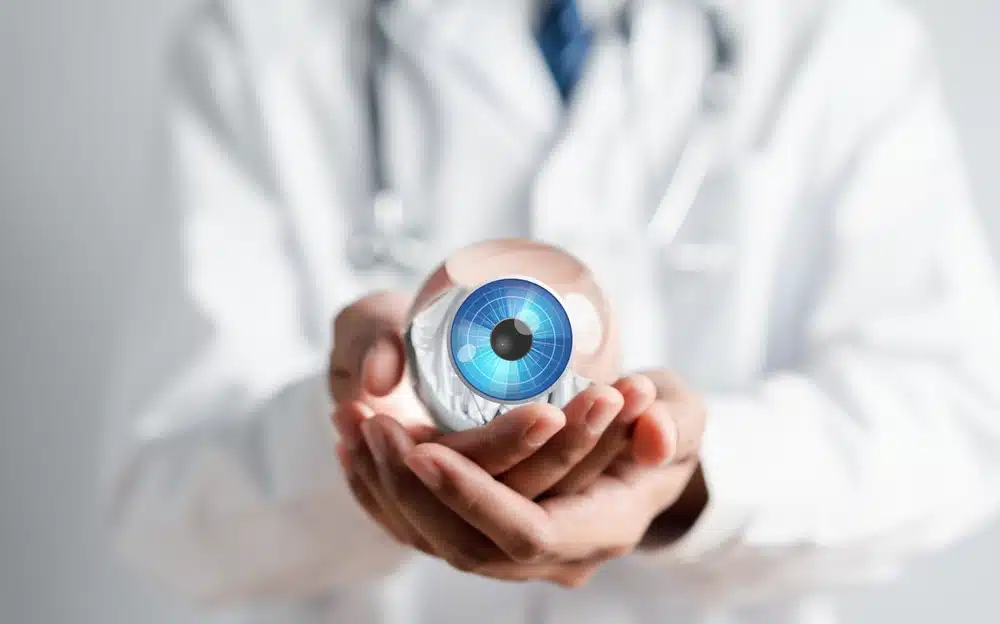Refractive Surgeries in AL: Transformative Eye Treatment Solutions
Everything You Required to Learn About the most recent Technologies in Glaucoma Treatment and Eyecare
In the world of ocular wellness, improvements in the treatment and monitoring of glaucoma have been continuously developing, leading the way for boosted client treatment and outcomes. From advanced diagnostic devices that offer unmatched understandings into the illness development to innovative medical strategies that promise better accuracy and quicker recuperation times, the landscape of glaucoma treatment is going through a substantial change. With the introduction of unique drug treatments, telemedicine services enabling remote monitoring, and a change in the direction of personalized treatment methods customized to individual patients, the field of eyecare is experiencing a standard change. Stay tuned to discover exactly how these most current innovations are reshaping the method to glaucoma treatment and changing the future of eye health.
Advanced Diagnostic Technologies
Advanced analysis innovations play an important role in the early discovery and tracking of glaucoma, permitting extra effective therapy and administration of the problem. Among these technologies, optical coherence tomography (OCT) attracts attention as a non-invasive imaging technique that offers comprehensive cross-sectional photos of the retina, optic nerve head, and retinal nerve fiber layer. This high-resolution imaging helps clinicians analyze architectural modifications in the eye triggered by glaucoma, allowing them to step in quickly.
Additionally, aesthetic field testing, such as automated perimetry, is another essential analysis tool for evaluating glaucoma-related vision loss - retina service near me. This examination measures the level of sensitivity of an individual's visual field, aiding to discover any locations of vision loss or distortion. By combining OCT imaging with aesthetic field screening, healthcare providers can acquire a thorough understanding of the illness's progression and tailor treatment plans as necessary
Minimally Intrusive Surgical Treatments
In the realm of glaucoma administration, the emphasis shifts in the direction of minimally invasive operations as an aggressive technique to address the development of the problem following sophisticated diagnostic evaluations such as optical comprehensibility tomography (OCT) and visual area screening. Minimally intrusive glaucoma surgeries (MIGS) have obtained popularity because of their effectiveness in lowering intraocular stress while minimizing the risks and healing times connected with traditional glaucoma surgeries. These treatments are typically carried out via little cuts, typically in conjunction with cataract surgical procedure, making them much less invasive and much more comfy for people.
Some usual MIGS procedures include trabecular micro-bypass stents, which improve the discharge of liquid wit, and micro-sized implants that boost water drainage in the eye. In addition, laser procedures like selective laser trabeculoplasty (SLT) provide a non-invasive option for lowering intraocular stress. By including these minimally invasive methods right into glaucoma monitoring, eye doctors can offer individuals with reliable treatment choices that prioritize security and fast recovery, ultimately enhancing lasting results for individuals with glaucoma.
Novel Drug Therapies
Arising medicine treatments existing appealing methods for improving the medicinal monitoring of glaucoma, offering cutting-edge techniques to resolve intraocular stress control and illness development. One novel drug therapy that has garnered attention is Rho kinase inhibitors.

Telemedicine and Remote Surveillance
With the evolution of unique medication treatments expanding the therapy landscape for glaucoma, the assimilation of telemedicine and you can try here remote surveillance arises as a crucial component in improving patient care and disease administration. By making use of telemedicine and remote surveillance, medical care service providers can boost accessibility to care, enhance client conformity, and identify prospective issues early, leading to much better results for people with glaucoma. Embracing telemedicine and remote tracking in glaucoma monitoring represents a substantial improvement in optimizing individual treatment and treatment efficacy.
Personalized Therapy Techniques
Advancing beyond conventional one-size-fits-all techniques, tailored therapy strategies tailored to individual patient characteristics are revolutionizing the monitoring of glaucoma. By tailoring treatment strategies based on aspects such as age, illness extent, way of living, and various other wellness conditions, ophthalmologists can enhance and enhance results patient contentment.
Personalized therapy techniques in glaucoma include a detailed assessment of each patient's distinct profile. This may consist of hereditary testing to determine Discover More Here specific risk elements, imaging strategies to evaluate architectural modifications in the eye, and useful examinations to examine aesthetic field loss. By integrating these individualized understandings, medical care carriers can establish targeted interventions that resolve the underlying reasons for glaucoma development for each and every person.
Moreover, developments in technology have made it possible for the growth of individualized treatment options such as minimally invasive glaucoma surgical treatments (MIGS) tailored to the client's particular needs - refractive surgeries in al. These procedures provide effective intraocular stress control with less issues, enhancing the overall top quality of look after glaucoma patients. Welcoming individualized treatment approaches notes a substantial paradigm change in glaucoma monitoring, highlighting precision medication to provide tailored solutions for far better client outcomes
Verdict
Finally, the latest technologies in glaucoma treatment and eyecare consist of advanced diagnostic innovations, minimally invasive surgeries, novel medicine therapies, telemedicine and remote surveillance, and individualized treatment techniques. These developments are changing the method we detect and treat glaucoma, offering more efficient and tailored alternatives for clients. By remaining current with these developments, healthcare specialists can give far better treatment and improve end results for people with glaucoma.

With the advancement of novel medicine therapies broadening the therapy landscape for glaucoma, the combination of telemedicine and remote surveillance emerges as an essential part in enhancing individual treatment and check this disease administration. hearing service near me. Welcoming telemedicine and remote monitoring in glaucoma monitoring represents a substantial innovation in maximizing patient care and treatment efficiency
In conclusion, the most current technologies in glaucoma treatment and eyecare consist of progressed analysis modern technologies, minimally intrusive surgical treatments, unique drug therapies, telemedicine and remote tracking, and individualized therapy approaches.